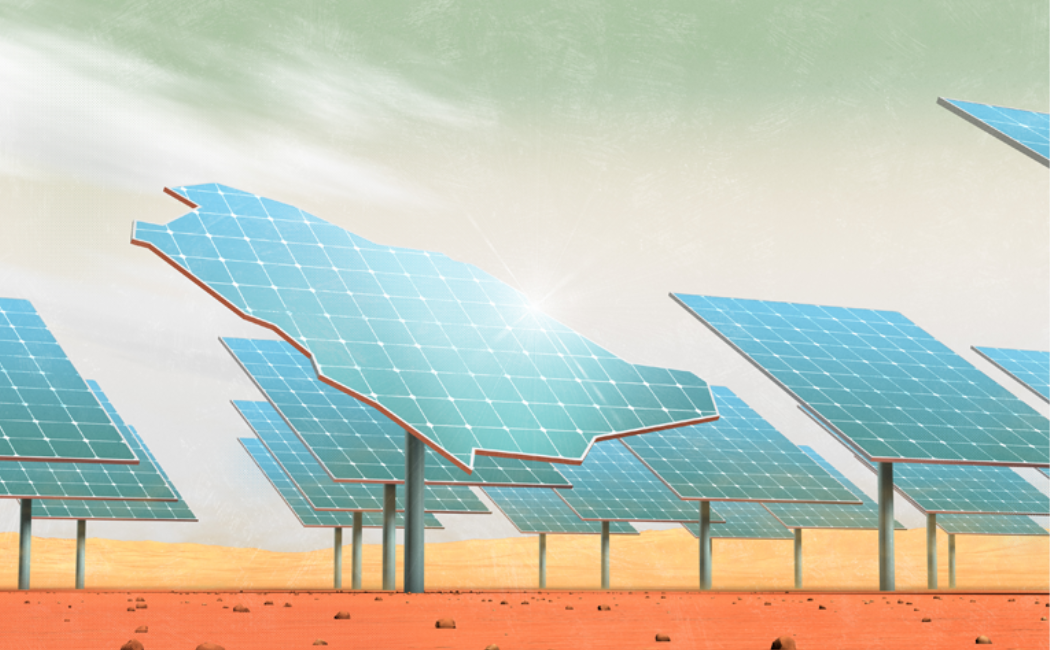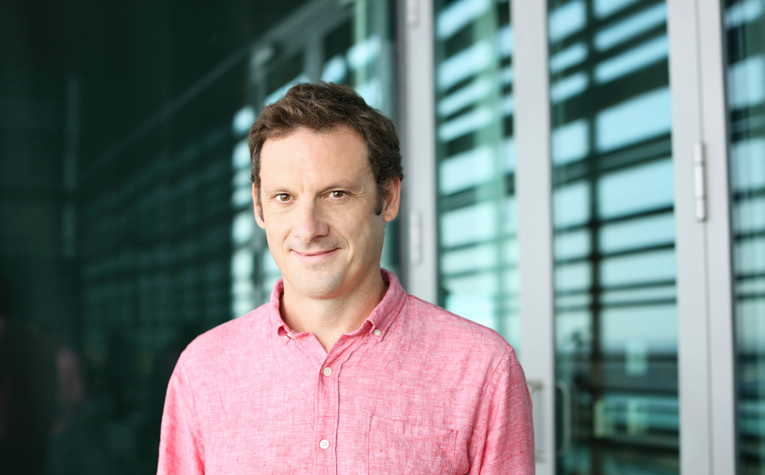

LATEST
NEWS

02 August, 2023
Saudi Arabia’s hot and sunny climate brings both opportunities and challenges for the expansion of solar energy. While the abundance of sunshine means that solar panels can be generating high yields of electricity, the harsh conditions contribute to degradation of photovoltaic panels.
Under its Vision 2030 initiative, Saudi Arabia aims to deliver 50 percent of its electricity from renewables by 2030. The country’s Deputy Minister of Localization, Local Content and Risk Management at the Ministry of Energy Fuad Mosa told at a 2023 KAUST research conference that low-cost solar would be an important part of the country’s focus on renewable energy.
KAUST’s Stefaan De Wolf believes there is a great opportunity for cheap and abundant photovoltaics and other renewable sources of energy, such as wind, to electrify the country’s energy sector. “There are huge opportunities for Saudi Arabia, thanks to its abundant solar irradiance,” he says.

KAUST Professor Stefaan De Wolf is a leading expert in photovoltaic technology. His research on solar cells is contributing to Saudi Arabia’s efforts to transition from carbon-based energy to renewable energy. ©KAUST 2023; Anastasia Serin
Ted Sargent from Northwestern University, USA, speaking at the KAUST research conference, said that Saudi Arabia had three critical advantages when it comes to deploying photovoltaic technology.
The first is KAUST’s expertise in tandem solar cells. “Tandem solar cells are critically important to increase efficiency, and KAUST is one of three institutions in the world leading development of this transformational technology,” says Sargent.
The second advantage, Sargent believes, is the opportunity to generate more energy through bifacial photovoltaic modules, which capture direct illumination as well as reflected light from the ground.
“Sand and engineered backsheets provide a way to scatter the abundant solar radiation, and the country also has a strategic advantage because KAUST is at the forefront of this technology, particularly in combination with tandems,” he says.
Finally, in the area of integrated photovoltaics — where photovoltaics are incorporated into the building envelope — Sargent believes KAUST scientists will also contribute. “To be accepted, integrated photovoltaic needs to take account of design principles, being able to make conformable technologies and being able to control the color of cells. KAUST has an advantage because some of the leaders and developers of the molecules that enable semi-transparent photovoltaics are here.”
While much progress has been made in photovoltaics research, the global market is still almost exclusively based on crystalline silicon photovoltaics.
De Wolf says other technologies, such as tandem cells, are still emerging. Research at KAUST focuses on these emerging technologies, closing the gap to commercialization, as well as the specific challenges for photovoltaics in hot and sunny climates. “You get much more electricity for your money if you install a PV system in Saudi Arabia, compared to Europe for example, but it’s a harsh climate because of the temperature and the UV irradiation.”
“Other technologies, such as tandem cells, are still emerging.”
To test performance and how to choose the best technology for the environment, KAUST runs a test field in collaboration with ACWA Power, the major developer, investor and operator of renewable projects in Saudi Arabia and a key player in the installation of photovoltaic power plants.
“We look at different state-of-the-art technologies and monitor which one is giving the highest energy yield for a given investment over a certain time,” explains De Wolf. “Every year, module efficiency in industry increases by about 0.5 percent so it is important to keep assessing these new technologies.”
“Importantly, from an R&D perspective, the module cost itself is less than 40 percent of the total cost. This means that if we can make a better module, with a slightly higher processing cost, we can get a huge leverage by getting more electricity for the same investment,” he explains.
Read more at KAUST Insight.